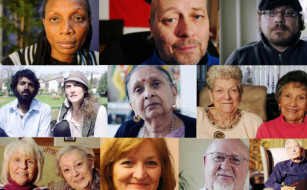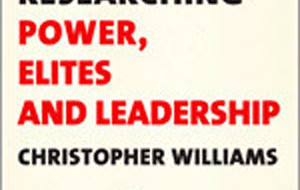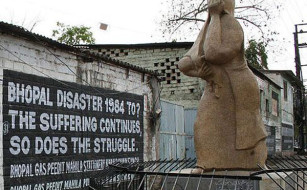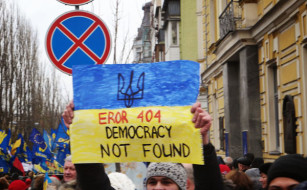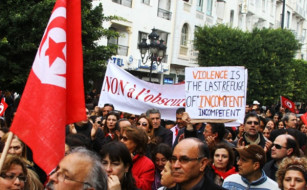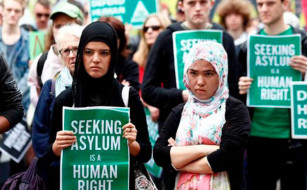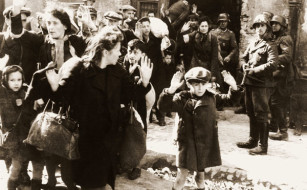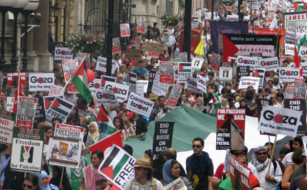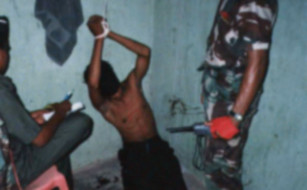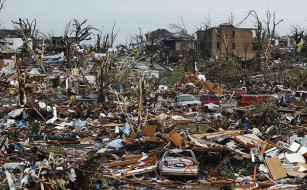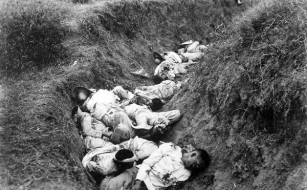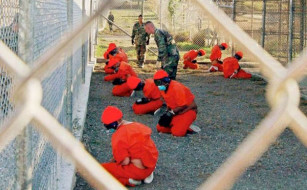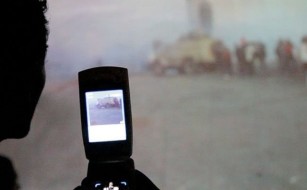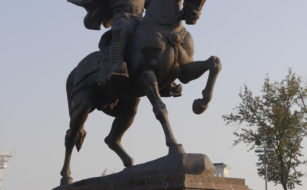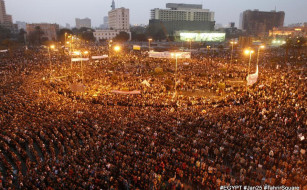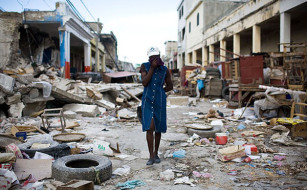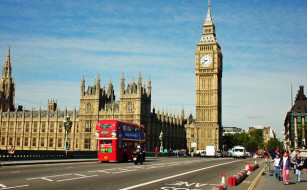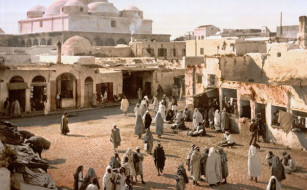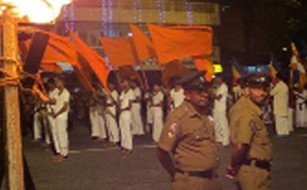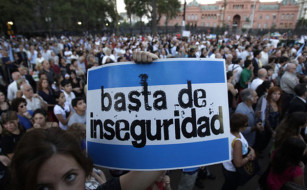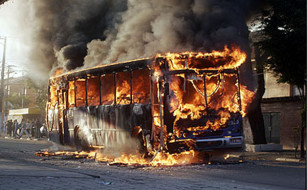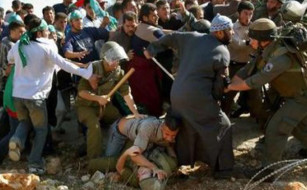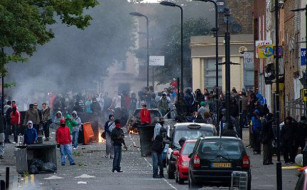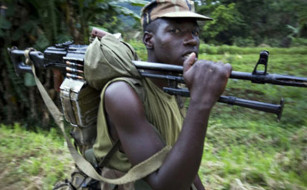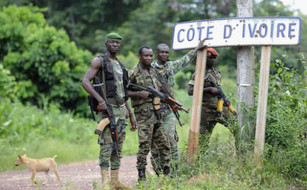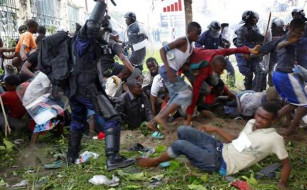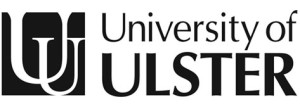Art of the Holocaust: Creativity in Extremis
Public lecture review by Amy Corcoran
Even through the most appalling situations the creative spirit finds a place, and those who engage in the creative process find a voice. There are around 30,000 surviving works of art created by victims of the Holocaust, at the time they were victims. An extraordinary feat indeed, but only a third of the estimated number of artworks created overall. Numerous items were hidden and not rediscovered, didn’t survive, or were destroyed as it was just too personally dangerous for the artist to have been found depicting the true horrors of their existence. But people were brave, foolhardy even – In her talk Monica Bohm-Duchen* described how one artist stored artworks in a hollowed out copy of Mein Kampf.
Reasons
It is incredible that the urge to creative survives, and even flourishes, in these most appalling circumstances. Monica began her presentation with quotes from artists writing about their need to create during this most inauspicious of times. They spoke of feeling good again, of life acquiring new meaning, and of using the process of observation and creation as a way of detaching themselves from their tragic situation – and that this detachment in turn became a means to cling hold of sanity. Some defiantly report not caring that the punishment for drawing was death, and one artist records fellow prisoners requesting to have their portraits done, that they said: ‘we want to be among the living, at least on paper’.
Those creating art during these dark times did so for a multitude of personal reasons. Themes do reoccur however, of solidarity for example, of giving dignity to those who have had this stripped from them in the most brutal of ways. Monica notes that this is particularly evident among female prisoners, with one, Zofia Stepień-Bator, attempting to restore as much dignity as possible to her sitters through the way she depicted them: more beautiful and with softer expressions than in reality. The Holocaust removed its victims’ individualities and the work artists created often reflects this anonymisation, as in Jozef Szajna’s Our Biographies (1944-5) which, painted in thumb prints, is quite chilling. However, we also see artists’ need to express themselves and reclaim their identity. For example, Felix Nussbaum depicts himself fierce and defiant in the least dignified of situations in Self-Portrait in the Camp (Gurs, 1940). The lack of mirrors in the camps made self-portraits such as this a rarity, however, another self-portrait of note is Peter Edel’s Self-Portrait (Auschwitz, 1944) – it shows a double portrait of his appearance in the camp and before the war. Up to Portraits make up around a quarter of all surviving works, this is the largest single group and is perhaps reflective of the determination of the artists to claw some level of identity back from their captors, for themselves and their fellow prisoners.
With restoration of dignity such a strong motivating factor, there were few depictions of the extreme conditions in the camps by Jewish prisoners. However, Monica notes that non-Jewish Poles were more capable of documenting this side of camp existence. Towards the end of the war we begin to see artists depicting bodies, something that along with nakedness was until then generally avoided – although this has become a regular motif for us looking back. Zoran Music, a political prisoner, is one who does depict corpses around the time of liberation. He reports an urge to draw so this ‘tremendous and tragic beauty’ might not escape him – the word ‘beauty’ here feels quite jarring and strange given the circumstances. Waldemar Nowakowski depicts the guard’s gleeful expression in the disturbing Nazi and Child (Auschwitz, 1940-44) and Wiktor Siminski shows the viewer writhing bodies in In the Gas Chamber (Sachsenhausen, 1944). In Siminski’s piece a guard is watching from the outside of the chamber, we too somehow become voyeurs on the tragic scene, which renders the scene even more uncomfortable to view.
The artists creating these works showed enormous courage just in picking up a brush, the act of painting itself became a small act of resistance. But some were able to find strength to not only do this, but to poke fun, at their situation and their captors. Caricatures were used as a way of recounting their situations, such as in Distribution of Soup (Ravensbrück, 1944) by Maja Berezowska. Black humour was able to undermine and subvert, and to deflect from the horrors of camp circumstances. There is no doubt that these acts of resistance and solidarity gave those who viewed them strength, something that would have been in desperately short supply.
Commissions
There were of course more practical reasons for painting within the camps: art work became a currency of its own. Artists could barter with their works for perks such as a cigarette or extra food. Additionally, works could be commissioned by Nazi soldiers, often in the kitsch style so popular at that time, and artists may even do works in advance, hoping to find a buyer. It is a cruel joke that Nazis valued art so highly; there was even a museum in Auschwitz for a time.
Buresova painted copies of famous paintings for the Nazis and painted a tromp l’oeil that so impressed an officer he spared her life. Dina Gottliebova spent as long as possible on each portrait as she knew as long as she was painting she – and her sitter – wouldn’t be deported. Edel was asked to do something ‘gay’ for Easter, in the midst of the camp. He later remarked on how this request surpassed in absurdity everything that had gone before.
Those with artistic talent often worked in the technical workshops where they had access to materials. Bedřich Fritta’s, Building Barracks (1942) is one such piece and is very functional in nature. It can be contrasted with clandestine work such as Karel Fleischmann’s Arriving Transport (Theresienstadt, 1943), which evocatively depicts the terror and confusion of those arriving at the camp.
Many of the artists creating works in the camps had been professional artists before their detention, and they brought with them their knowledge of art history and techniques. It is possible to see references to great works of art in the work of the Holocaust victims, and there is something disconcerting about seeing references to works of beauty in such a place. Others, such as Szajna, turned to art for the first time as a method of expressing themselves, perhaps as words could not fully convey the extremity of the situation. This documentary spirit runs through a great deal of the works of the time, but that is not to say that naturalistic styles predominated. A great number of the works are expressionistic, such as Fritta’s Lodging in the Attic, (Theresienstadt, 1943-4). Theresienstadt was near Prague, most of those living here were deported to their deaths but the Nazis fooled the world into believing it was a ‘model ghetto’ – Fritta however reveals truth in his work, in pieces such as Film and Reality (1943-4) and Shops in Theresienstadt (c.1943-4).
Reflection
After the Second World War there was a period of silence by the survivors, as with many great tragedies. However, in the 1970s works began to surface as survivors felt compelled to communicate their experiences to a younger generation. One of the first to open these flood-gates was Music, who in his body of work, We Are Not the Last, warns against complacency.
Retrospective work is more anguished that that of the period, as if time has allowed the artists space to process and understand the full horror of what they lived through, and to allow space for emotions to seep in where they may have tried desperately to block them out as a tool for self-preservation. Contemporary artists (those not victims of the Holocaust) look back and attempt to grapple with its enormity, while victims painting at the time did not think of ‘Holocaust’, but just depicted their personal experiences.
Aesthetic vs. Atrocity
From the 1980s people have begun to look at this body of work more seriously, although a lot of the work continues to be excluded from art history to this day. We are presented with many questions by work created during the Holocaust; it is ambiguous in nature and sits almost uncomfortably in the space between art and document. Its documentary quality is undermined by its subjectivity, but how could we look at the work on a purely aesthetic level and not be wholly aware of the atrocities depicted within? This tension between art and document is reflected in the opinions of the artists themselves: some deny their work is documentary evidence, while others believe it is, and hope its existence ensures travesties of this magnitude are never again repeated. There is an ethical dilemma in assessing these images’ status as testimony and/or aesthetic objects. The insights they provide into the relationship between trauma and creativity, and between work of art and historical document, are crucially important.
Monica’s talk was fascinating, and while truly upsetting was also inspiring. The strength of the artists and the human spirit in conditions we shall hopefully never understand is astounding. While there is debate over the extent of their documentary weight I believe that these works give us insight into the experiences of the victims of the Holocaust that straightforward histories cannot. We see and feelthe agony of the artist. These works force us to confront the true horror of what happened, and while it is uncomfortable it should be done, lest we forget.
Monica Bohm-Duchen is an independent writer, lecturer and curator who currently teaches a course on art and war at Birkbeck, University of London, and at New York University in London. Monica gave this talk at The Wiener Library as one of two events launching her new book, Art and the Second World War, which has just been published by Lund Humphries.



